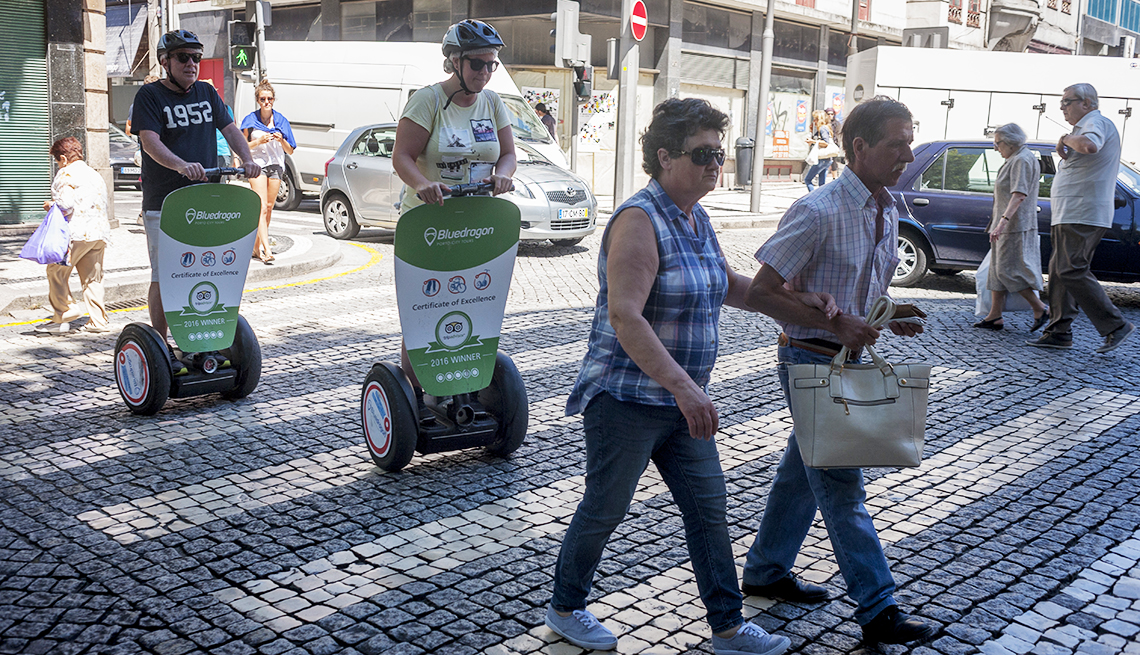
Segway company is halting production of original model
- Select a language for the TTS:
- UK English Female
- UK English Male
- US English Female
- US English Male
- Australian Female
- Australian Male
- Language selected: (auto detect) - EN
Play all audios:

The original Segway is riding off into the sunset. The company that makes the iconic two-wheeled electric personal transporter announced this week that it will stop making the Segway PT.
These days the vehicle is most often used by tourists for sightseeing and by police officers and security guards, but it also holds an unexpected place in pop culture. Segway said its PT
version is so durable that the market is oversaturated, with many 10-year-old models still rolling down the road. Once the company's signature vehicle, it now accounts for less than 1.5
percent of revenue. That pales in comparison to Segway's scooter business, for example. Segway President Judy Cai said that while the coronavirus pandemic affected sales and
production, it was not the ultimate factor in the verdict on the self-balancing Segway PT. "We recognize that the decision may come as a disappointment to our strong and loyal following
among private owners, who view the Segway as one of the more innovative creations of the early 21st century,” Cai said in a statement. THE ‘ELECTRIC PEDESTRIAN' Since its unveiling in
2001, the Segway has become, in some ways, iconic during the decades that followed. "Some people thought it was cool, and some people thought it was nerdy,” says author Steve Kemper,
who wrote a book about the machine's development, titled _Code Name Ginger: The Story Behind Segway and Dean Kamen's Quest to Invent a New World._ The personal transporter was the
brainchild of charismatic entrepreneur and inventor Kamen, who had already designed an innovative wheelchair using some of the technology he later applied to the Segway. The wheelchair could
move and rise up on two wheels and balance, Kemper says. The Segway was code-named Ginger as the partner to the wheelchair, dubbed Fred Astaire for its mobility and ability to navigate
obstacles like sand, rocks and curbs. Kamen and his investors thought the Segway would change the way people move throughout the world, help those with mobility issues and contribute to
making the environment cleaner. "It was supposed to be an electric pedestrian,” Kemper notes. “He thought it would replace cars." Instead it became more of a novelty, earning
entries in the annals of pop culture when President George W. Bush was photographed tumbling from a Segway at his family's property in Kennebunkport, Maine, and when a cameraman riding
one plowed into Olympic sprinter Usain Bolt during a victory lap at the 2008 Olympics in Beijing. Then, of course, there's the Segway's star turn in the 2009 comedic movie _Paul
Blart: Mall Cop,_ about a security guard who patrols the mall using the vehicle.
